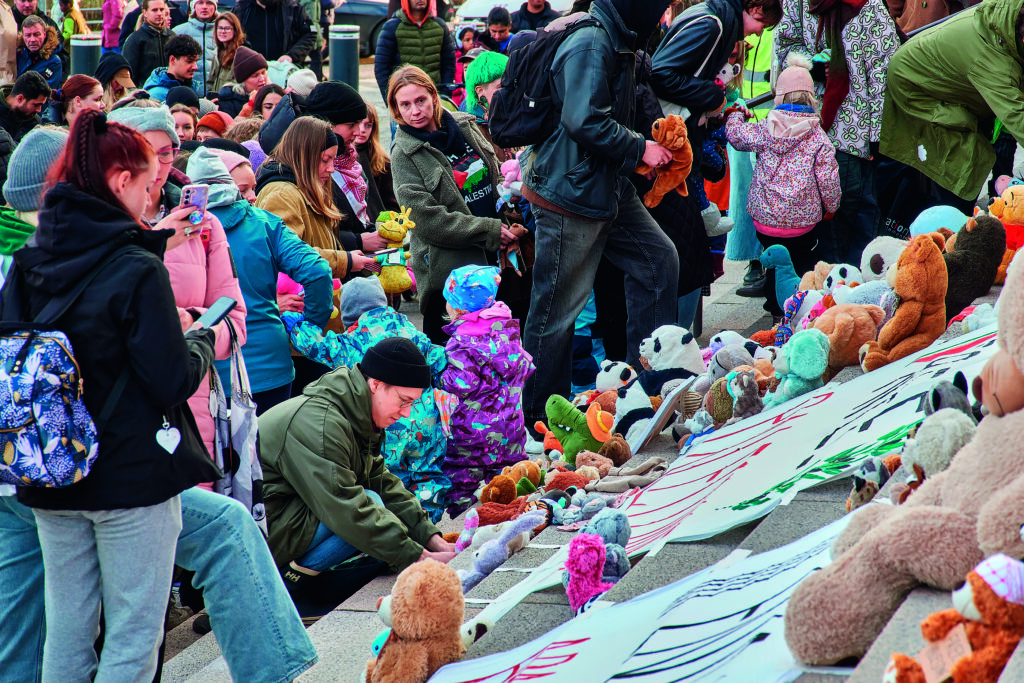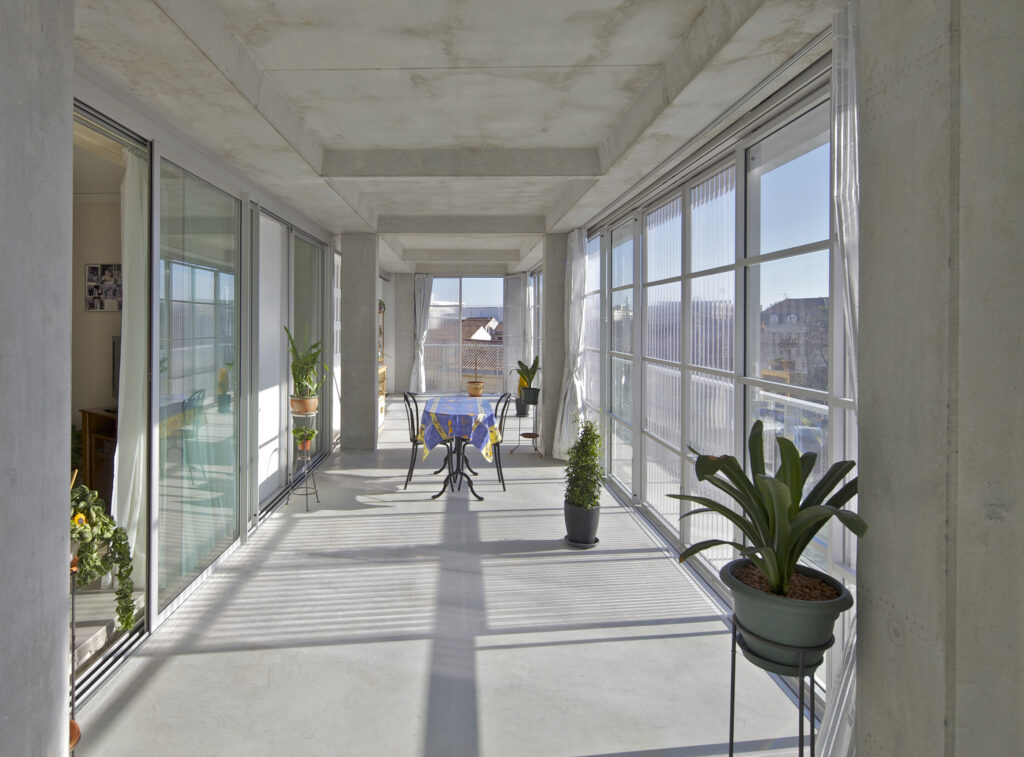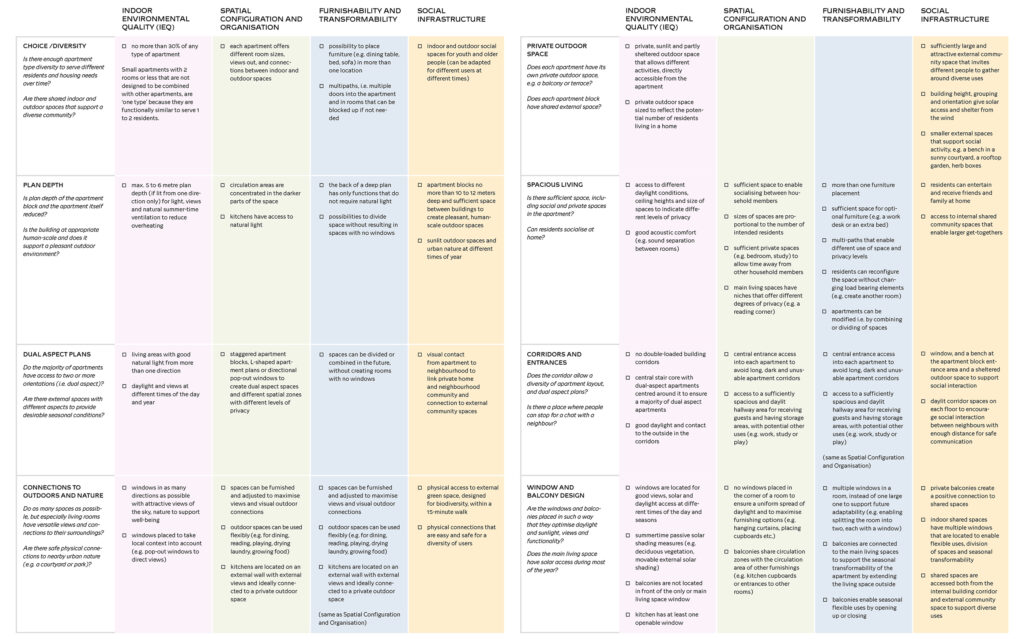Social Movements, Saviours of Built Heritage?
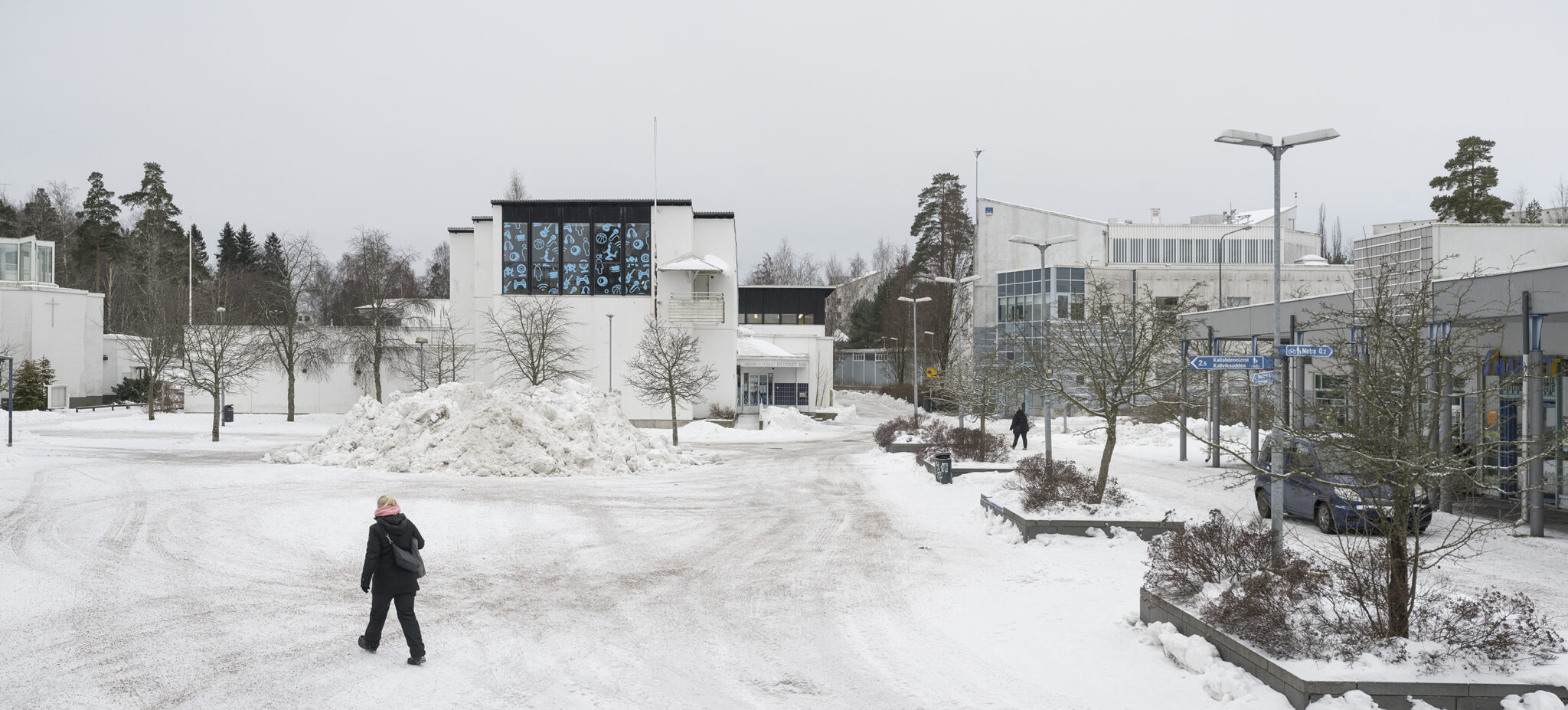
For almost a couple of decades, the residents of the Meri-Rastila area in Helsinki have sought to influence the development of their daily environment. They are not the first ones to act due to concerns about changes taking place in a neighbourhood.
Located along the eastern metro line in Helsinki, the residential area of Meri-Rastila is awaiting thorough changes. In 2021, Helsinki City Council decided that one fifth of the building stock in the area, i.e. 30 blocks of flats, were to be demolished. Meri-Rastila was completed during the 1990s economic depression, and many private housing investors withdrew from construction projects. Today, most of the building stock in the area consists of city-owned rental housing.
A movement formed by local residents has been created for criticising urban renewal that is shaking Meri-Rastila. The story of the Pro Meri-Rastila movement began in 2003, when the City of Helsinki’s intent to carry out construction in the Rastila seaside forest was heatedly objected to by locals. A workgroup, the task of which was to object to the plan proposal, was established. The workgroup has sought to influence the land-use planning process along official routes and by presenting petitions, but also by organising various kinds of events and demonstrations.
Creation of Urban Social Movements
A social movement is an effort by a group of people that seeks to achieve a shared goal by carrying out collective activities. The creation of European social movements is regarded as part of a more extensive social movement that took place in the 18th and 19th centuries, dealing with intense industrialisation, growing towns and cities, as well as with the working class, which defended its rights. The social movements that were active in Europe and the United States before the mid-20th century often interacted closely with political parties.
During the decades after the Second World War, there were constant construction projects that plagued city districts in Europe and the United States, ripping away both buildings and their residents. Gentrification in cities and towns, housing rents that were constantly rising and a wave of countercultures that rose in order to criticise the system were able to mobilise a loud group of citizens that defended their rights. For instance, in New York, the residents of Greenwich Village were able to bring down a proposal regarding a four-lane expressway, initiated by urban planner Robert Moses, which would have run through the city district. This renewal would have erased hundreds of buildings and forced thousands of people to move elsewhere. However, these neighbourhoods of Manhattan, which are also famous in popular culture, were saved from the wave of demolition.
Since the 1960s, towns and cities have been regarded as scenes for and makers of social movement.
Since the 1960s, towns and cities have been regarded as scenes for and makers of social movement. The rapidly responding news media enabled efficient communication at the same time as urban renewal projects – which were typical of the time and which led to extensive demolition – further increased the social movement. Urban social movements are mentioned for the first time in urban studies by Manuel Castells in his book The Urban Question, which came out in 1977. Subsequently, the definition has been specified many times, making it correspond to a large number of urban activism forms, ranging from squatting to grassroots organisations. The theory of sociologist Henri Lefebvre regarding the right to the city (in French droit à la ville) from 1968 laid a foundation for many urban movements, such as the Right to the City Alliance in the United States and a movement called Derecho a la Ciudad, which is active in Latin America. The goal of these movements is to cherish the implementation of social justice in an urban environment.
An economic policy that targets vigorous growth – causing a premature demolition of buildings, a decrease in the publicly funded housing production, privatisation of public urban spaces and increasing surveillance – has been opposed to since the 1980s, in European cities and towns, in particular, but also in other continents. For instance, in China where urbanisation has been rapid, intense demolition has made middle-class homeowners, in particular, oppose to urban renewal and defend their right to live at their homes.
Today, there are residents’ movements such as Pro Meri-Rastila in towns and cities all across the world. In London, a community group called Voice 4 Deptford has sought, by means of alternative plan proposals, to influence the quality and amount of green areas and the City of London’s plans to build expensive owner-occupied housing instead of affordable rental housing. In Tokyo, the Save the Shimokitazawa movement, formed by locals, sought to find, at workshops organised for citizens, an alternative plan replacing a motorway that was planned to be built in the city district. Residents’ movements share the will to influence the development of their neighbourhoods, and they feel that they have been ignored in this development.
The residents are insiders who have the best knowledge of their neighbourhood.
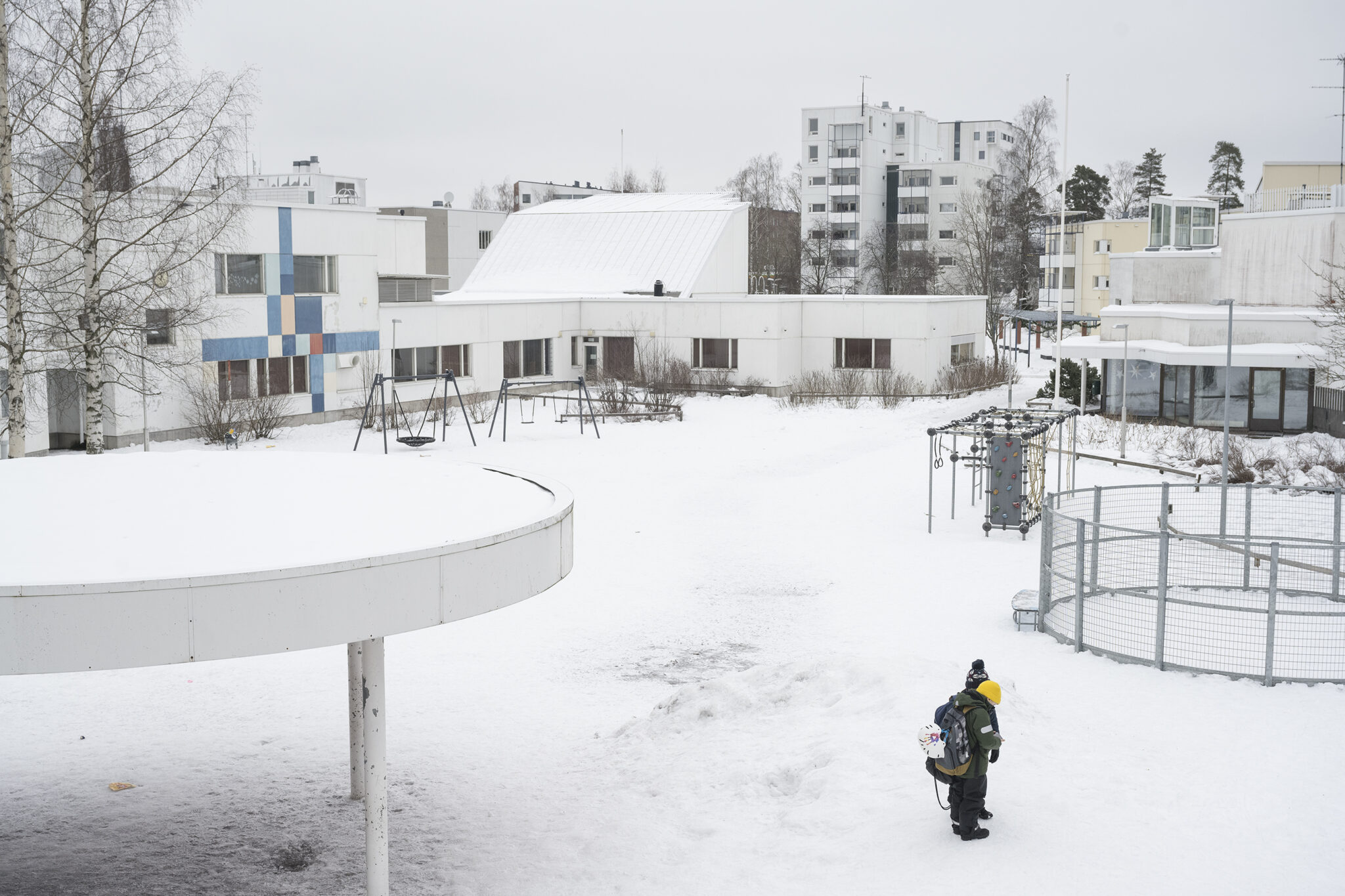
How to Influence Decision-making?
Meri-Rastila is an exceptional area in Helsinki, as it has received an urban regeneration status. In other words, it has been presented as one of the five pilot areas that have reached a stage in which refurbishment is due in the City of Helsinki Implementation Programme on Housing and Related Land Use. According to the City of Helsinki strategy that aims to accomplish high-quality infill construction, the land-use planning of these areas must implement the high housing production goals that have been defined in political decision-making. The demolition of old buildings is also justified by making the population distribution more balanced, which is part of the urban regeneration strategy.
Tuukka Linnas, an architect who has been in charge of the land-use planning of Meri-Rastila in recent years, emphasises that, in local detailed planning, various kinds of perspectives are fitted to one another. ”If the goals of a local detailed plan are considered to be contradictory, it will be difficult to come up with an outcome that pleases everyone”, Linnas comments.
Decisions on local master plans, partial master plans and local detailed plans are made by the Helsinki City Council, the members of which are elected in municipal elections. The construction of new blocks of flats is an example of a value judgement made by the City Council. However, the voter turnout in municipal elections is the lowest in Helsinki in the eastern major district. Residents’ movements can help to bring up views that are not conveyed to decision-making via municipal elections.
Residents’ movements can help to bring up views that are not conveyed to decision-making via municipal elections.
In Meri-Rastila, the different attitudes of locals and planners towards the built environment have become very clear in their views on the seaside forest. The Pro Meri-Rastila movement organised walks for land-use planners and City Council members. The purpose of the walks was to highlight the nature values of the seaside forest and its importance to locals. In addition, the Pro Meri-Rastila movement drew up a shadow plan, or an alternative local detailed plan proposal, together with an association called Our City, which consisted of experts interested in the promotion of participation. The document proposed that construction be located within the urban structure, instead of in the seaside forest. Even so, construction plans were not moved from the seaside forest to another location, and the local detailed plan proposal was only specified as to some details. After a struggle that took for years, locals were finally able, in 2020, to disregard the unwavering view of land-use planners regarding construction in the seaside forest by directly influencing political decision-making and bring down the local detailed plan in the City of Helsinki City Planning Committee.
In the land-use planning of Meri-Rastila, residents have been engaged to an exceptional extent. Tiina Antila-Lehtonen, interaction planner of the City of Helsinki, emphasises that interaction serves as a purpose in its own right, regardless of the outcome. ”Even though residents are not always able to implement their views, participation has an empowering effect that builds up their trust in democracy.” Even so, the members of the Pro Meri-Rastila movement find that if the views of residents do not make any difference, interaction may rather have a discouraging effect. In Helsinki, a web service called Kerro kantasi (Voice your opinion) is used for hearing citizens. The service seeks to reach citizens as widely as possible. According to Anna-Maija Virta, who is an active member of Pro Meri-Rastila, the platform does not facilitate a genuine discussion with planners. ”In surveys, you may give feedback, but they will not create discussion with planners. The views of residents can be ignored, without providing them with a chance to provide further reasoning”, she says.
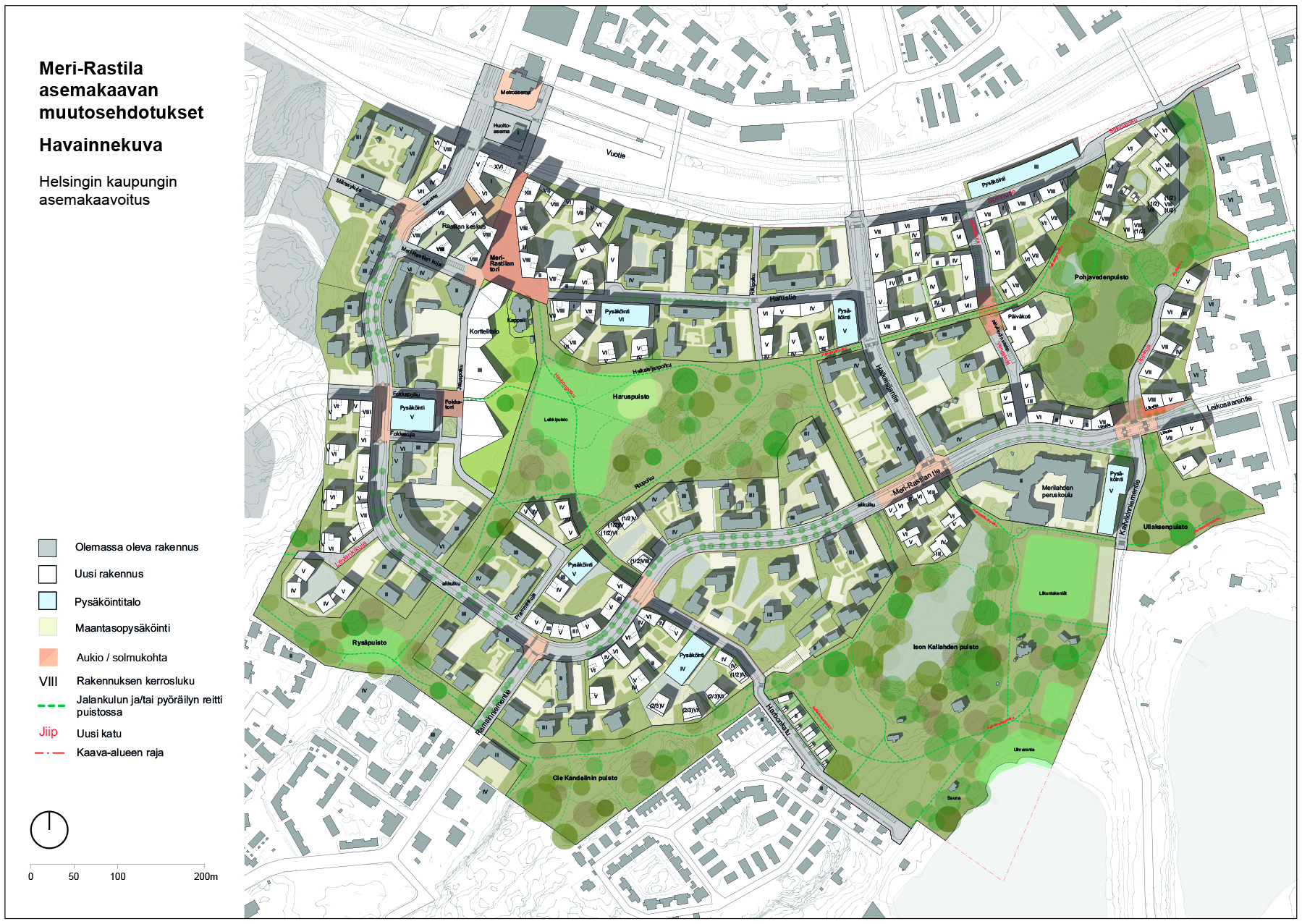
Influencing Makes You Visible
Losing your neighbourhood does not only mean losing the physical environment that makes up your home and neighbourhood, but the phenomenon also has a social dimension. When residents are forced to move, their relationships with their neighbours will be cut off and so will the other social networks that they have built. An uncertain future affects people’s wellbeing before the demolition of buildings has even begun.
”When I moved to Meri-Rastila, the area reminded me of Florence. I chose a dwelling on the street side, as this way I was able to enjoy the urban atmosphere and see people through my window”, describes Anna-Maija Virta. The residents who defend places that are important to them are insiders who have the best knowledge of their neighbourhood. Planners and decision-makers could listen more carefully to their views on the development of their neighbourhoods and create urban environments where people want to live for a long time. In the development of towns and cities, the battle between values materialises in the built environment and disagreements arise when one has an emotional bond to the place and the other doesn’t. The economic value of newbuild can easily be calculated, but there are no similar meters available for the definition of the social value of a city district or a building.
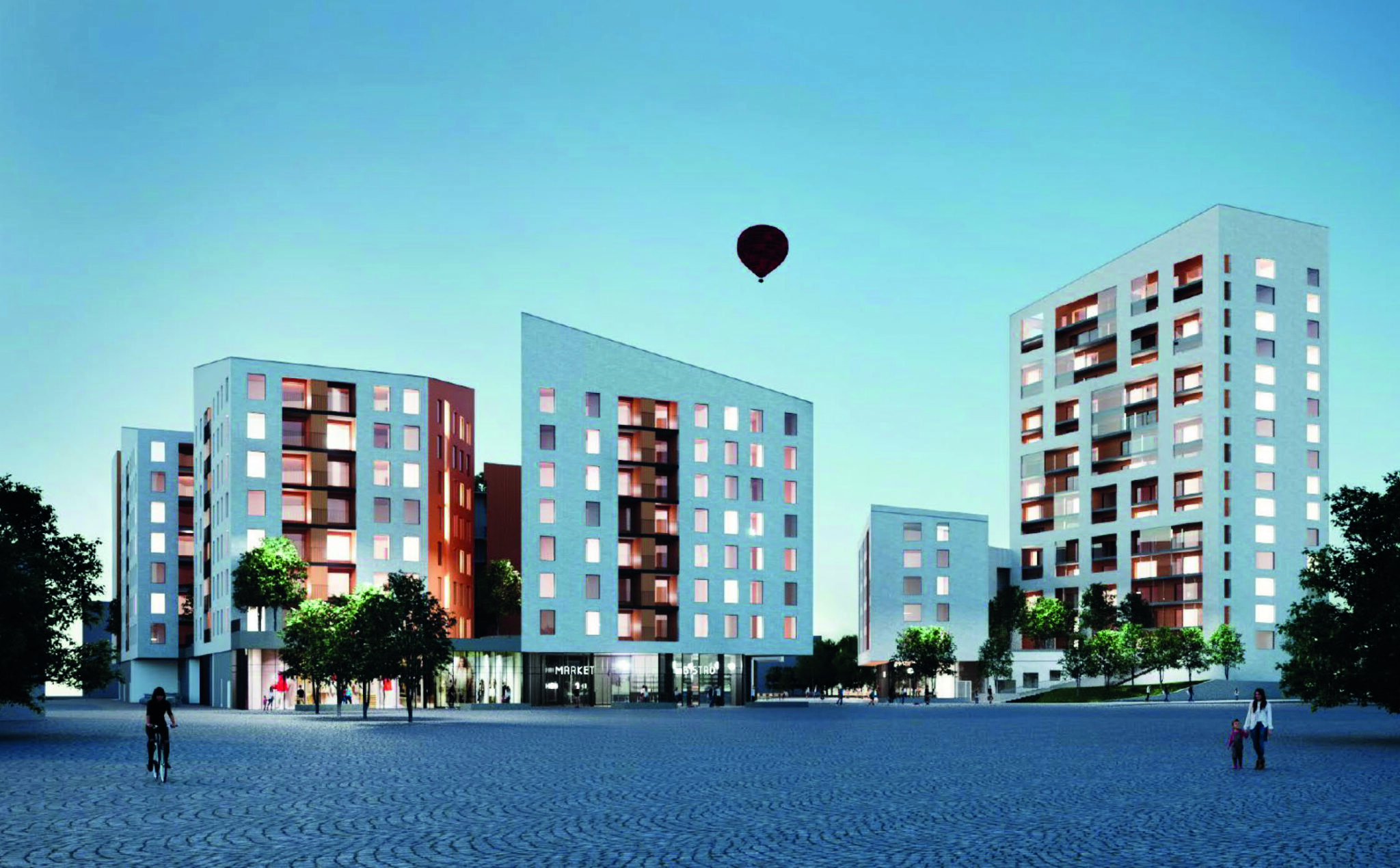
The City of Helsinki land-use planners are busy because of the ambitious housing production goals. New planning reserves must be produced either swiftly or in large quantities. However, prompt land-use planning measures may backfire, if the land-use plans are given up due to objections by residents. When carrying out urban renewal activities, it would be important to create a dialogue with locals before plans are decided on. New operating models in the hearing of residents could provide solutions for urban environment development in which social values are also implemented. Lea Kahra, an active member of Pro Meri-Rastila, compares planning with buying an old house: ”When moving to an old house, you should live in it for one year before carrying out the first renovation. Thereafter, you will be familiar with the house and know what changes are really necessary.”
The residents of Meri-Rastila feel that they have not been heard when decisions on the future of their neighbourhood have been made. In her master’s thesis in 2022, Moona Tikka studied the land-use planning process of Meri-Rastila and found out that almost all residents opposed to the demolition measures in the area. Pro Meri-Rastila emphasises that residents do not want to oppose change for the sheer fun of it but that they want to participate in the change. The participation of the residents in the land-use planning process may have long-term, positive effects on both individuals and society. If society has made you invisible, influencing the future of your neighbourhood may have an empowering effect: becoming visible. ↙
MATTI JÄNKÄLÄ
Architect interested in renovation, modern building heritage and the role of the architect in the Anthropocene.
ELLA KAIRA
Architect interested in equality in urban environments.
The writers got to know Meri-Rastila through You Tell Me Collective’s activities in the neighbourhood.

